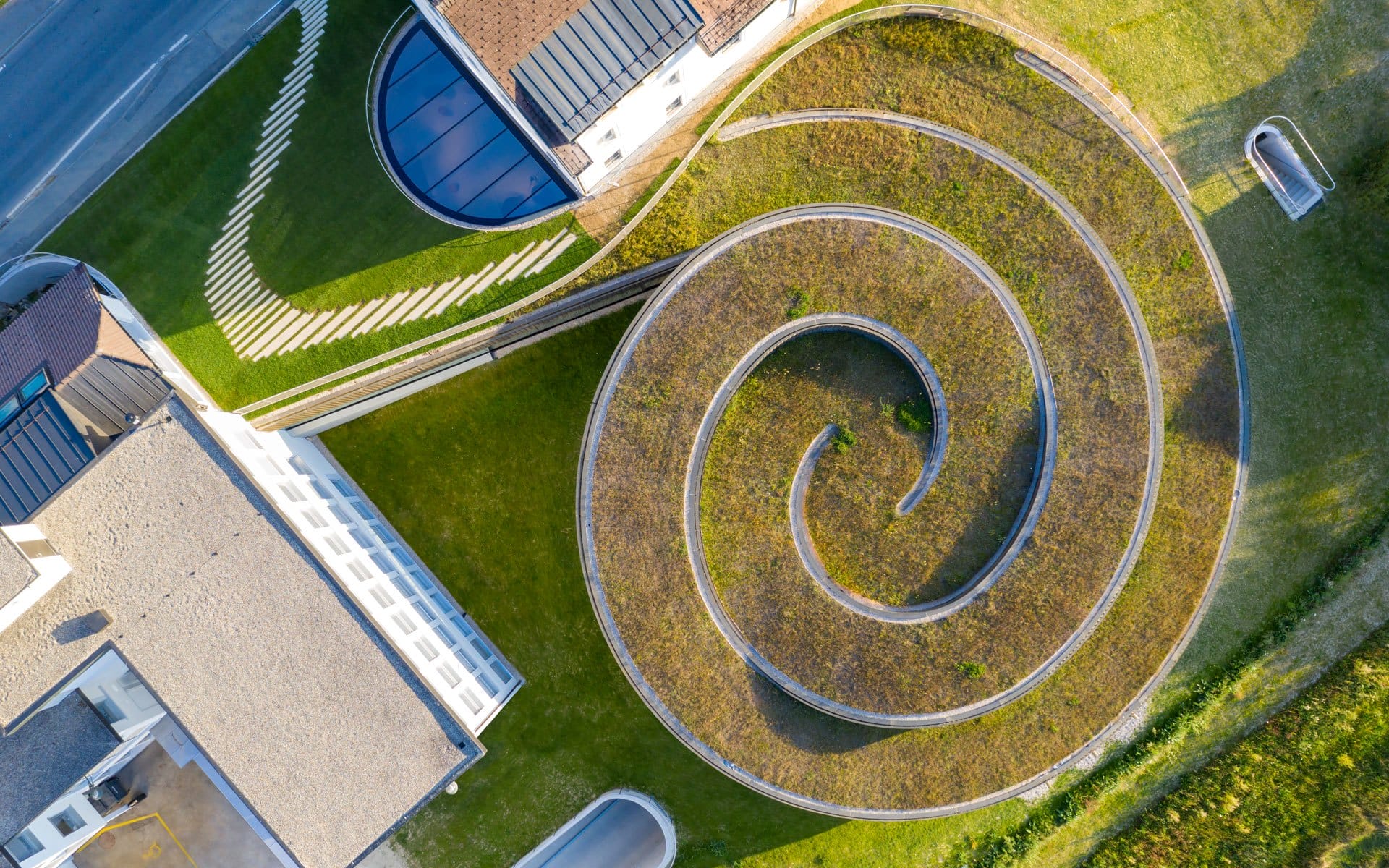Architect Bjarke Ingels Creates an Epic Museum for Audemars Piguet in Switzerland
The spiraling structure features a massive exhibition space and horological workshop for the coveted Swiss watch brand

For the past 145 years, Swiss watch brand Audemars Piguet has produced coveted timepieces from its headquarters in Le Brassus, a village nestled in the picturesque Vallée de Joux. Now the company has embarked on an exciting new chapter with the June 25 debut of the Musée Atelier Audemars Piguet, a massive exhibition space and horology workshop in the works since 2014. Crafted by boundary-pushing Danish architect Bjarke Ingels, the glass-and-brass pavilion is embedded in a grassy bluff, its spiraling shape resembling a watch spring.

“We wanted visitors to experience our heritage, savoir-faire, cultural origins and openness to the world in a building that would reflect both our rootedness and forward-thinking spirit,” said Jasmine Audemars, Audemars Piguet’s Chairwoman of the Board of Directors, in a statement. “But, before all, we wanted to pay tribute to the watchmakers and craftspeople who have made what Audemars Piguet is today, generation after generation.”
To that end, once inside the 10,000-square-foot edifice, visitors can witness the intricate manufacturing process (including the Grandes Complications and Métiers d’Art Ateliers) and view some 300 standout timepieces from the vault, including the most complicated model the brand has ever created: the 1899 Universelle pocket watch. The brand is also launching a limited-edition of 500 self-winding chronographs that pay homage to the ultra-rare wristwatches made between 1930 and ‘50. The [Re]master01, as it’s known, features a two-tone steel and pink gold case with embellished with a champagne dial.
A version of this article first appeared in print in our 2020 Spring Issue in the section The Artful Life. Subscribe to the magazine.





